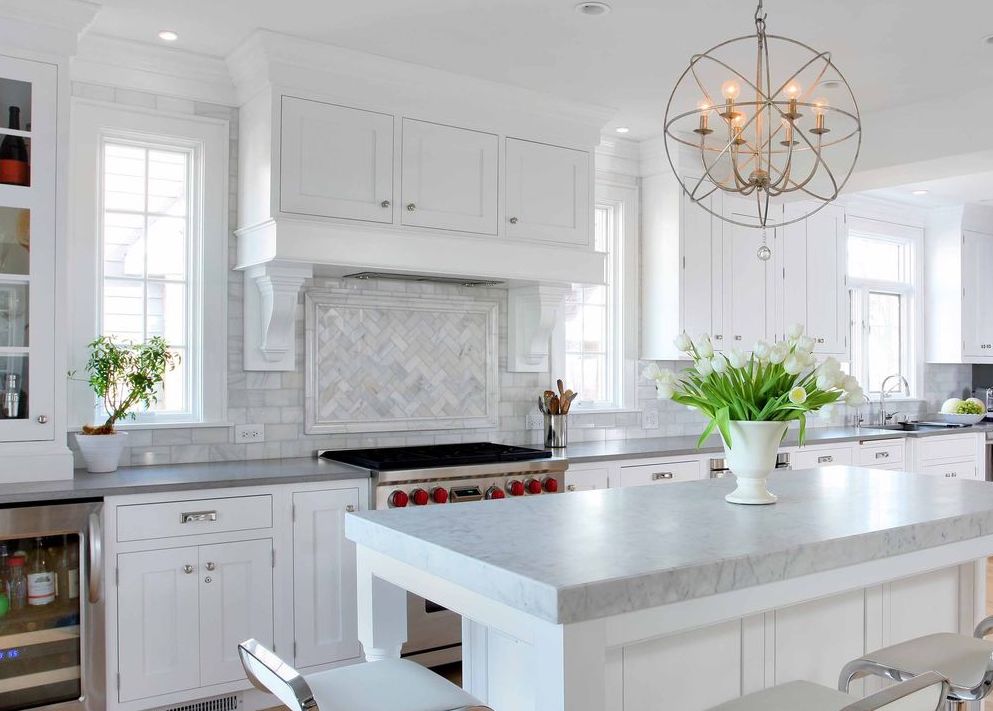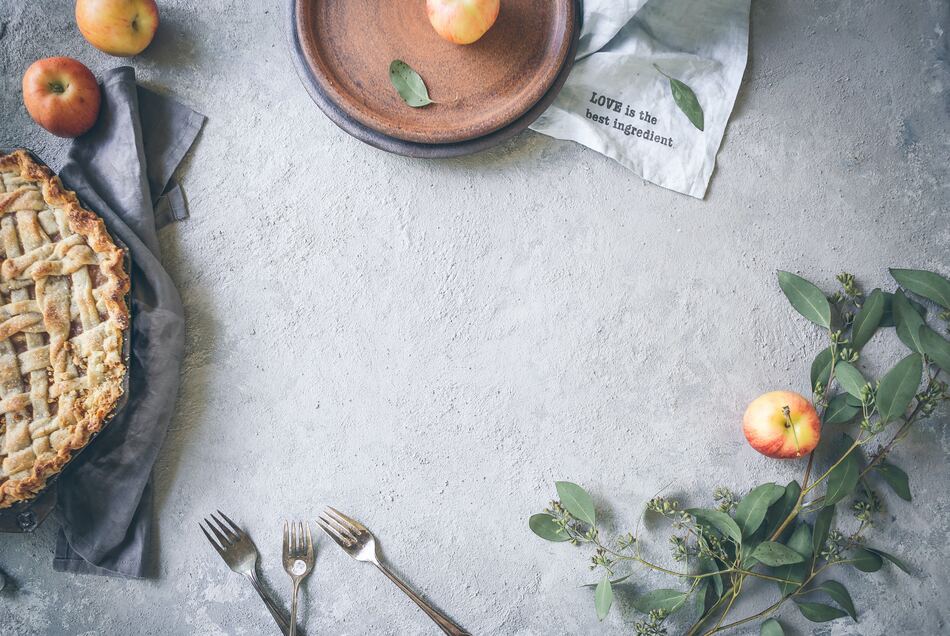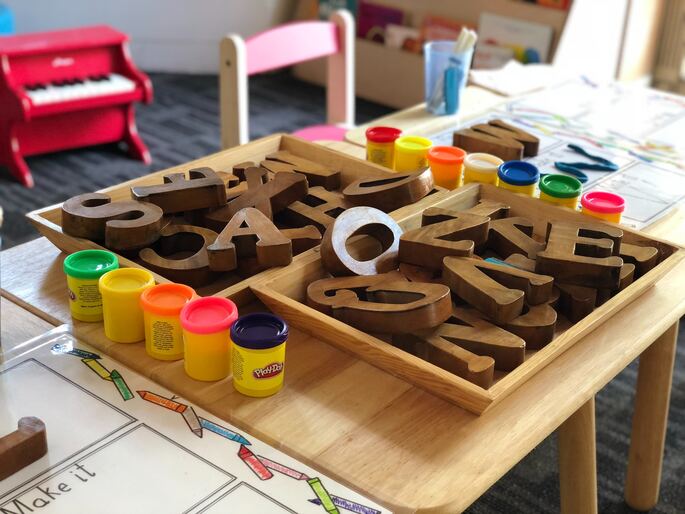Once you qualify for a home improvement loan, you may feel like the hard work is behind you. Securing financing is a big deal, but you still have a few decisions left to make before you start work. While several areas in your home could benefit from repairs, remodeling, or just a facelift, some projects will be a better investment than others. If you took out a personal loan and have a few other debts, you can even consider consolidating your loans since there are few benefits from this. Be sure to review these top five areas to focus your money on. Whether you plan to live in your home for years to come or you’re selling soon, here are some projects with an excellent return on investment (ROI).
Head to the Attic
One of the first things homeowners do when they receive a home improvement loan is to start mapping out big, expensive projects that will drastically transform their home, like adding a master suite or putting in a new kitchen. You may have room in your budget for a large renovation or two, but some smaller improvement tasks can prove just as valuable. Adding attic insulation is a relatively affordable project that can pay for itself in just a few years in heating and cooling costs. Depending on your home’s size, it may only take you a day or two to insulate your attic, but you’ll reap the financial benefits for years. Compared to monster projects that may not earn back their cost, insulating your home is a simple fix with one of the best ROI’s available.
Get a Grip on Your Garage
Before you consider transforming your garage into a family room, game room, or extra office, take a look at your home and ask whether it’s possible to find that extra space without sacrificing your garage. A guest room is great, but most buyers will prefer a place to park their car. Instead of making permanent changes, you might also consider making the space a dual-purpose area for home projects, game nights, or storage without losing one of your home’s valuable features. Here are a few tips to create a comfortable multi-purpose space in your garage:
- Upgrade the flooring with tiles or a fresh coat of paint
- Add customized shelving or cabinets to store tools, games, or seasonal decoration neatly
- Make sure it’s well-insulated, and add additional insulation if necessary
- Install a versatile carriage door
Follow the Rules for Basements
Many people look at their unfinished basements and see an opportunity. Turning your basement into a guest suite or second living area may be a good use of your home improvement loan funds, but follow the rules to avoid a costly headache.
Consult with a professional to make sure you follow local building codes for adding a bedroom or a second bath. Municipalities have their own rules for what needs to be done, including how to adjust heating and cooling systems. Whatever you do, speak with a realtor before you describe your basement as a living space. Basement areas may not always add to the total square footage of your home, and added bedrooms still need to follow guidelines to be considered in the room count.
Be Smart About Roofs
One of the first things homebuyers ask about when looking at a home is “how old is the roof?” Not only is having a solid roof vital for keeping the attic and living space safe, dry, and secure, but roof condition will affect your insurance costs. Homeowners insurance agents will often base their premiums on your roof’s age and condition. If you’re looking to upgrade your roof, do a good amount of research on the following areas:
- Roofing materials
- Styles
- Warranties
Roofs have come a long way since the standard shingle, so weigh the benefits of materials like steel with their cost. Invest in a quality roof, but be realistic – if you’re planning to sell, the top-tier product with a lifetime guarantee may not be your best value.
Spring for That Second (or Third) Bathroom
Unless you live in a small apartment, most people want a home with more than one bathroom. Even older farmhouses and tiny efficiency homes have a half bath stashed somewhere (often in a converted closet). Remember that a bathroom project doesn’t have to be a luxury investment. You can keep the tile and clawfoot tub for the master bath and stick with standard fixtures for your guest bath. But don’t hesitate to add a second bathroom to your home. The chances are very high that you will get that money back (and then some) when you sell the house.
Whether you choose to stay in your home for decades or are hoping to flip it for profit, invest in your home wisely. Don’t be afraid to consult with both a contractor and a real estate professional. Both can give you the truth about what sells and how much value any improvement will bring to the worth of your home.
This is a guest post from Linsey Knerl, a personal finance expert, author, public speaker, and member of the ASJA. She writes for Upstart and has a passion for helping consumers and small business owners do more with their resources through awareness of the latest financial services.




